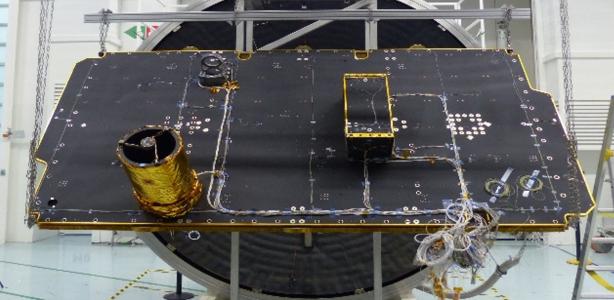Improvement of methodologies for thermo-elastic predictions and verification

The objectives are to improve and validate methodologies for end-to-end thermoelastic predictions and verification by analysis and test of Spacecraft structures and to improve predictive capabilities of the analyses, better quantify the associated uncertainties, and provide guidelines and solutions to allow verification by test.
Predictive capability of thermo-elastic analyses for distortion (stability) and strength is not satisfactory, as shown by the recent examples of GAIA, Pleiades, Herschel, Planck, but also with the ongoing work for Bepi Colombo and Solar Orbiter, while the requirements for stability keep getting more challenging. The analytical models are usually not correlated by tests on ground wrt to thermo-elastic predictive capability, hence the performance verification is limited to analyses and unacceptable/unquantified levels of uncertainty remain. The way to specify thermo-elastic stability and the margin philosophy to apply for distortion and strength performance also need to be improved. The verification of the system and mission end-to-end performance involves many different disciplines including overall system engineering and potentially different elements (platform, payload instruments, sensors, etc.). The study shall address the following topics: - Specification: derivation of the overall stability requirement to the different subsystems/disciplines, allocation of contributions (budgets) to the global performance and the way to specify performance requirements to the different disciplines/subsystem. - Worst case determination - Margin philosophy (on the thermal, structural side as well as on final end-to-end performance) with the understanding of what the typical margins in each domain cover - Uncertainty assessment / predictive capability of the analyses - Data exchange between thermal, structural and optical models and traceability / validation of the transfer of data between the different models. Validation of the engineering processes used. - Way to report from a discipline point of view thermo-elastic performance with the objective of overall end to end performance consolidation at system level (e.g. how to account for uncertainties, systematic and random contributions). - Aspects of the thermal and mechanical modelling and analyses that need particular attention for thermoelastic cases (e.g. structure temperature rather than unit temperature / flexibility in the connections in the structural model) - Identification of best verification strategy, considering contributions obtained through analysis, test capabilities, model calibration; in order to achieve the necessary predictive maturity at system level; specific requirements for model correlation The study shall focus on spacecraft and instruments, and adopt a truly multidisciplinary approach. The study shall make use of the lessons learned and experience on past projects. Analytical methods shall be studied considering uncertainty analyses by e.g. stochastic approaches to identify the critical modelling parameters that influence the results and quantify uncertainties. Test methods shall be identified together with their accuracy, constraints and level of maturity. The methodology and test methods shall be validated by a test on a mockups/existing structures (e.g. STM). The study shall provide guidelines to improve the thermo-elastic predictions and verification.
